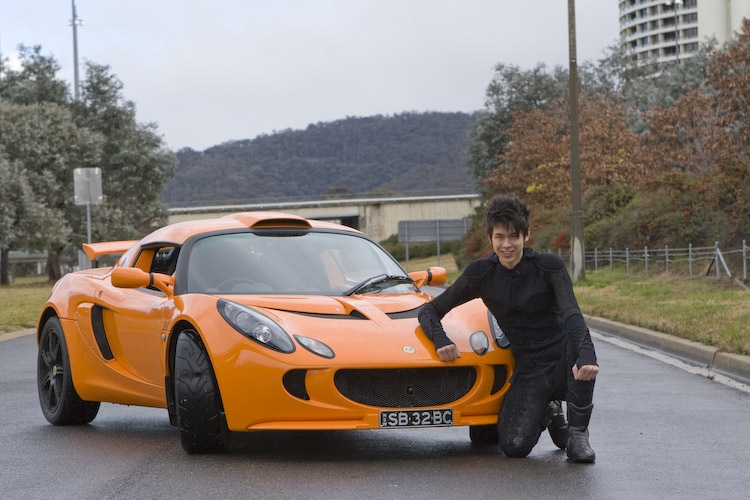I was a young teenager on the way to summer day camp, sometime in the late Sixties, riding in the back seat of the camp leader’s Ford station wagon. Among the junk on the floor of the car was a copy of Galaxy magazine, a name I recognized from H. L. Gold’s various Galaxy Reader short story collections, though Analog was the only pulp magazine I followed in those days. I picked this one up and paged through it until an ad caught my eye. Something named Science Fiction Review announced that it published articles by and interviews with a whole list of SF writers – including my personal favorite, Poul Anderson. What a revelation! It never occurred to me that these people talked to anybody but John W. Campbell, much less held their conversations in a nonfiction magazine that I could read.
I didn’t have the money to subscribe to SFR, or else I might have discovered fandom right away. Instead, the concept of such a magazine remained like a banked fire in my memory.
Around the same time, the Young Adult librarian at the local branch of the LA Public Library announced she was starting a science fiction discussion group. An eclectic handful of us came to the meetings, ranging from Richard Wadholm, the only one of us truly in tune with the Sixties, in his appreciation of rock music and Alexei Panshin, to Kent Halliwell, a conservative who read every issue of The Plain Truth and seemed disturbingly unsurprised the afternoon the librarian mentioned that the library’s most-stolen book was Mein Kampf.
After we’d been meeting for a couple of months, the librarian said the LAPL was willing to put some modest resources behind things the group wanted to do. I told them about my idea for a magazine, and the idea caught fire. As I mentioned, though I’d seen an ad for SFR we’d never seen a fanzine, or heard that word, so we tried to produce an imitation Analog. I wrote Campbellesque, pro-space editorials. Bryan Coles and Kent Halliwell produced political satires about the Galactic Congress. Richard Wadholm wrote short fiction and reviews. Mark Tinkle wrote poetry.
My parents contributed to a critical part of the plan when they agreed to make a Sears ink drum mimeograph a kind of family Christmas present.
The LAPL xeroxed the cover art, and I cranked out the rest of the pages on mimeograph.
That SFR ad had also fostered my ambition to get contributions from real pro writers. It implied they had all kinds of ideas and opinions they wanted to put in front of the public – which was true enough – so I naively offered them space for this purpose in our publication. I checked the LA phone books and located addresses for Harlan Ellison and Ray Bradbury. They actually answered, with brief, encouraging notes turning down my offer. They weren’t intended as contributions, obviously, yet it seemed a pity to waste them. So I began printing these in the “Rejection Slip” department, where the tables were turned and writers rejected a magazine.
Harlan promptly responded with another – surprisingly patient – note which essentially said, don’t do that again. So I didn’t.
And that is how our group started as a self-invented pocket of science fiction fandom.
It was not very long before our library-based fanac brought us in contact with mainstream fandom. We heard about LASFS from some Granada Hills High School students. Then, I finally did subscribe to Science Fiction Review and not only got to see that fanzine, but contacted one of its readers, Florence Jenkins, a local woman who had offered to give away her fanzines to someone who would come and pick them up. I came away with a carload of Granfalloons, Beabohemas, Yandros and other genzines of the day. I began to learn a lot about fannish culture. Before long, I was ready for new challenges – like LASFS poker.


